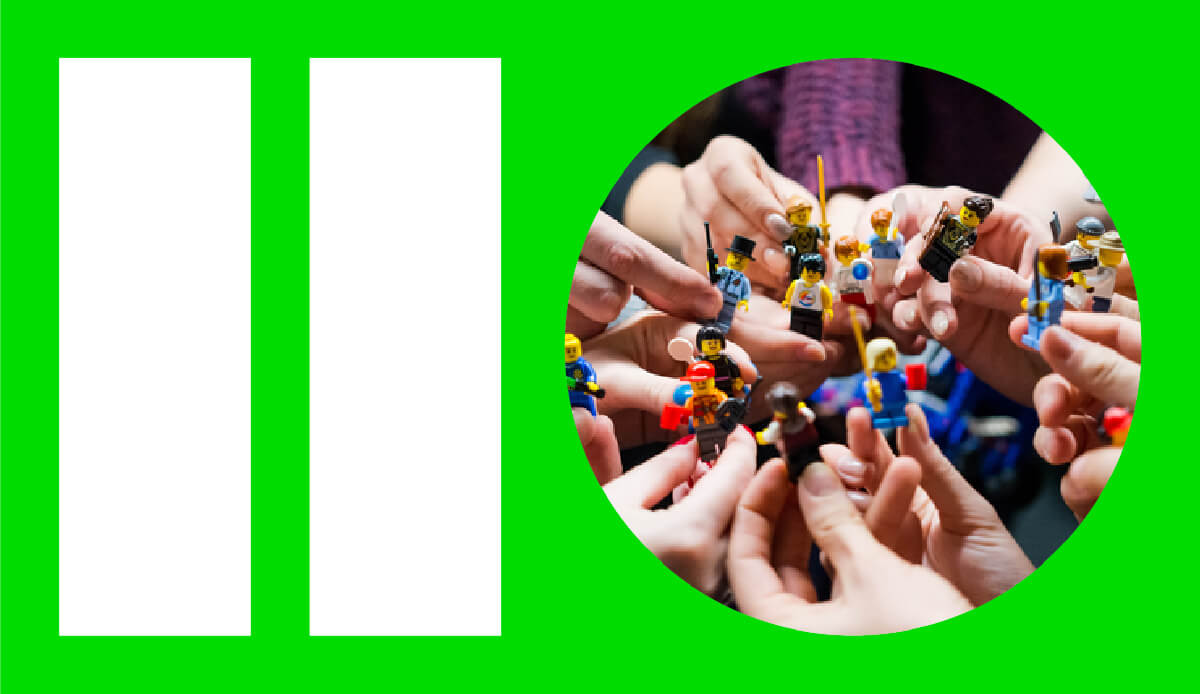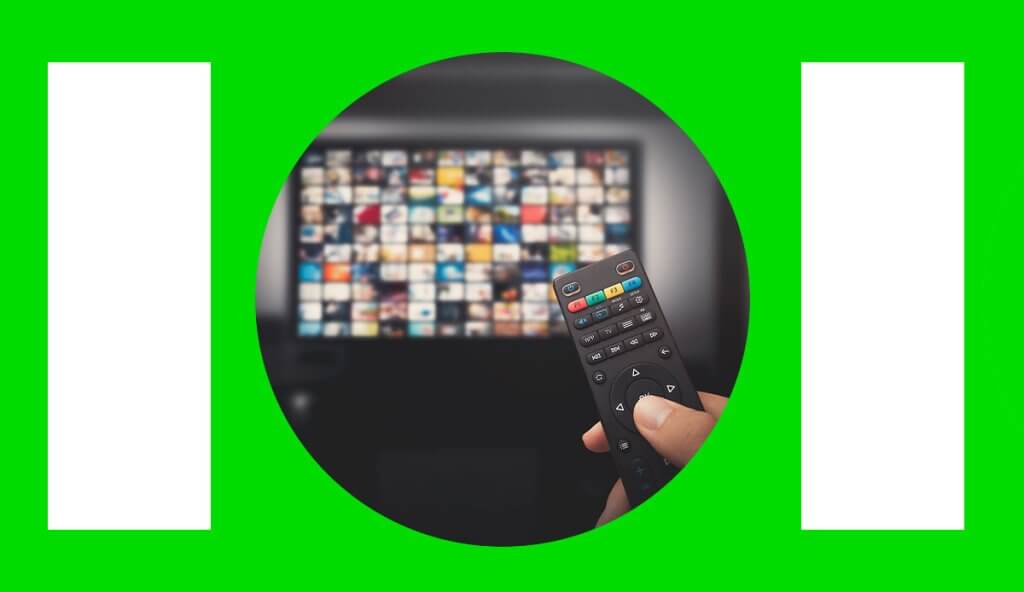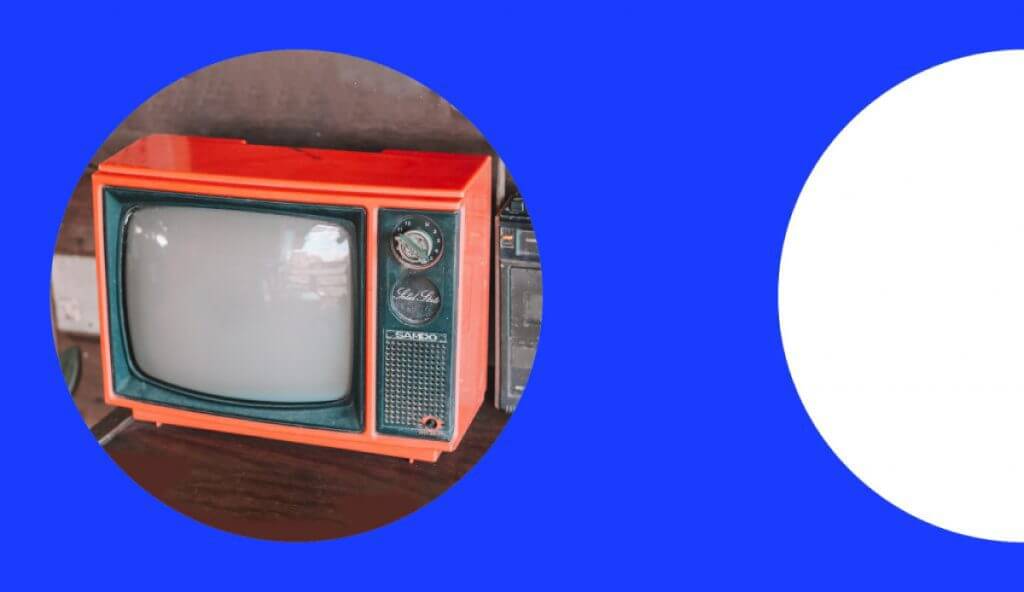
While creative copy and stunning graphics form the facade of a great ad campaign, strategy and data form the foundation, and leveraging different ‘Media Buying Models’ is one strategy every advertiser must leverage.
Media buying is the process of securing prime placements and time slots on digital (and traditional) media platforms.
There are different models advertisers use when running ad campaigns, and in this article, we’ll cover the five important media buying models you can leverage as an advertiser.
#1 CPM (Cost Per 1000 Impressions)
CPM stands for Cost Per Mille. Mille is Latin for 1,000, and CPM in advertising is the cost per thousand impressions. Impressions are a measure of how many times an ad was viewed, and impressions include repeat views as well.
So, CPM is basically the amount you pay for an ad to get a thousand views (not necessarily by a thousand unique people).
CPM = Total Campaign Cost / (Total # of Impressions / 1000)
When you’re running a brand awareness campaign to increase brand recall, you will want to increase impressions so that the same people view the same ad multiple times and remember it. You will achieve this by focusing on CPM-based advertisements.
#2 Cost Per 1,000 People Reached
Reach is a measure of how many unique people view your content. The cost per 1,000 people reached is, therefore, the amount you pay for an ad to reach a thousand unique people.
This model is also used in running brand awareness campaigns, especially when you’re trying to increase awareness to a wider audience by consistently reaching more new users (rather than creating recall among the same users).
CPM and Cost Per 1,000 People Reached are used in top-of-the-funnel campaigns, namely brand awareness campaigns.
#3 CPC (Cost Per Click)
With CPC, we move past awareness and into the next level of the funnel, which is engagement.
CPC, or Cost Per Click, is the amount you pay each time an ad is clicked. This includes repeat clicks by the same users (unless specified by the media platform).
CPC = Advertising Cost / Number of Clicks
Clicks are a measure of engagement, and you have to decide the outcome of a click before launching the campaign. The outcome can be opening an image, playing a video, taking the user to a landing page on your website, etc.
Since clicks involve more effort by the user, it also indicates more interest and is, therefore, often more expensive than media buying models in the awareness stage.
#4 CPL (Cost Per Lead)
A visitor becomes a lead when they provide some personal information through a form, phone call, or message. Leads are generated in the third stage of the marketing funnel after they move past engagement.
CPL, or Cost Per Lead, is the amount you pay to generate a single lead from an ad campaign. In this model, the platform focuses on targeting people more likely to take action and provide contact information. Your sales team can then use this information to drive acquisitions.
#5 CPA (Cost Per Acquisition)
An acquisition is any action that you define as valuable for your business. In the world of advertising, it is often a revenue-generating action such as a product purchase or a plan subscription.
In the CPA model, you pay the platform only when you see revenue, so it is risk-free but also the most expensive. This essentially means the platform works to generate leads and only gets paid when you convert a lead into a customer.
Very few platforms, however, actually follow the CPA model in this fashion. Most platforms charge you for reach, impressions, clicks, or leads whether you drive acquisitions from the ad or not (even when your focus is on acquisitions).
Key Takeaways
- Media buying is the process of purchasing ad space and time on relevant media platforms to target your ideal audience.
- The different media buying models are based on five measurements in advertising – impressions, reach, clicks, conversions, and acquisitions.
- There are five key media buying models respective to these measurements – CPM, Cost per 1,000 people reached, CPC, CPL, and CPA.
- The five measurements define the stages of the business funnel (awareness, engagement, lead gen, and revenue), and their corresponding media buying models drive traffic to the respective stages.
- The right media buying model for your campaign will depend on which stage of the funnel you are trying to fulfil.
Working With M+C Saatchi Performance
Choosing the right media buying model and targeting the ideal media space for your audience involves extensive planning and strategy.
This is where we have got you covered. We have a 7-pronged approach to media buying – strategy, market analysis, platform analysis, omnichannel coordination, price negotiation, content creation, and reporting and analysis.
Using these seven steps, we identify the most ideal ad platform, placement, time, and strategy for your brand and purchase it for an optimum price. This allows you to focus on revenue generation while we focus on running highly effective advertisements.
Contact Us to discuss media buying strategies for your business.

